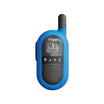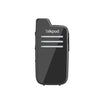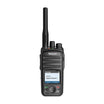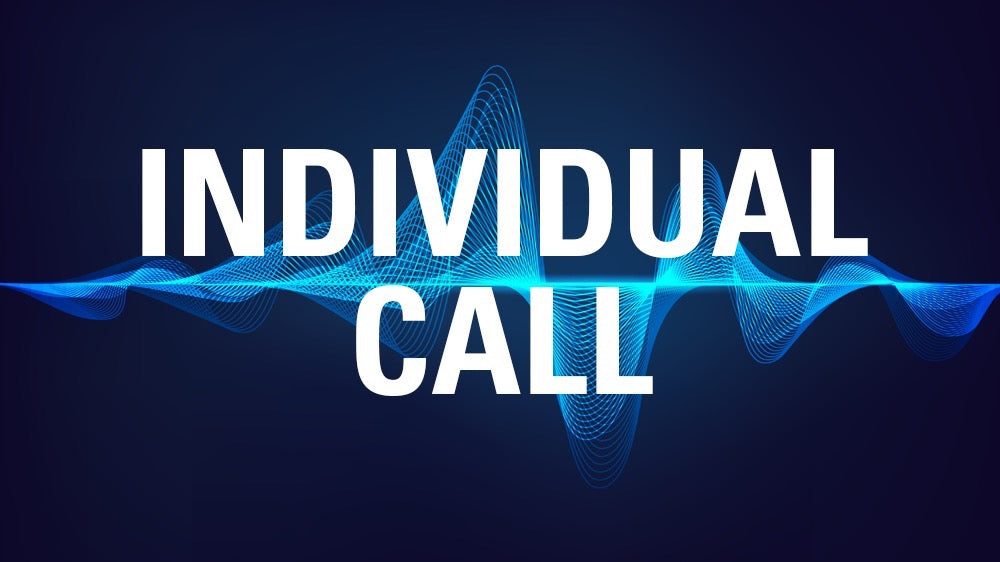The digital mobile radio (DMR) is a standard defined by the European Telecommunications Standards Institute (ETSI) for professional mobile radio (PMR) users. It is an open digital radio standard that delivers improved range, increased capacity, and better quality voice communication over analog. DMR operates within the existing 12.5kHz channel spacing used in licensed land mobile frequency bands globally. The technology divides a single 12.5kHz channel into two independent channels, thereby doubling the capacity of the frequency.
The DMR standard comprises three tiers:
- Tier I (unlicensed): Operates in the PMR446 unlicensed bands and is intended for personal or small business use where the communication range is not critical.
- Tier II (licensed conventional): Used for professional mobile radio with higher power, greater range, and more features. This tier is mainly used by businesses and public safety organizations.
- Tier III (licensed trunked): Provides advanced features for large organizations, enabling the management of several users with more efficient use of spectrum through trunking.
Key features of DMR include:
- Clear voice quality and noise reduction capabilities.
- Improved battery life compared to analog radios.
- Enhanced privacy and security features.
- Text messaging and data services.
- Capability to integrate with IP networks and other digital systems.
DMR has become popular in various sectors such as public safety, transportation, manufacturing, and hospitality due to its efficiency, reliability, and the flexibility it offers in digital communications.











































